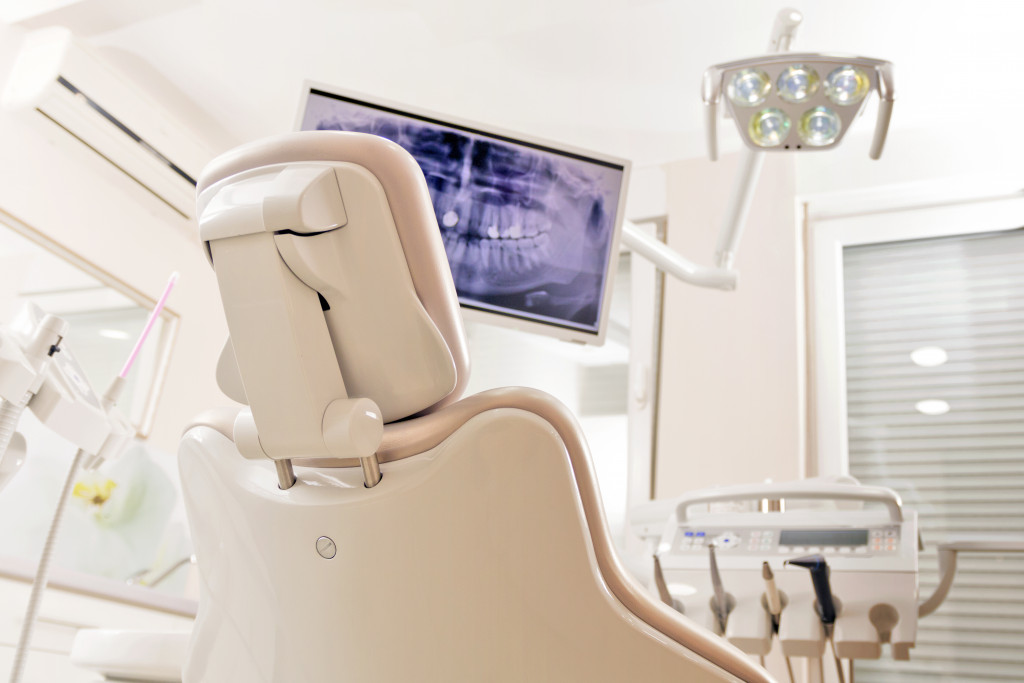Disclaimer: This website provides health information for educational purposes only and is not a substitute for professional medical advice, diagnosis, or treatment. Always seek the guidance of a qualified healthcare provider with any questions you may have.
Medical technology has come a long way over the years. In fact, it has revolutionized different healthcare sectors. For example, in dentistry, services like teeth whitening services and same-day dentures have been made possible by medical technology. This is just one example of how medical technology has helped revolutionize different healthcare sectors.
In addition to revolutionizing healthcare sectors, medical technology has also helped improve patient care. For instance, medical technologies like x-rays and MRIs have helped doctors diagnose patients in a more accurate and timely manner. In addition, medical technologies like pacemakers and defibrillators have helped save countless lives.
There is no doubt that medical technology has come a long way over the years. It has revolutionized different healthcare sectors and improved patient care in numerous ways. As medical technology continues to evolve, we can only imagine the possibilities that will be made available to us in the future.
Impactful Medical Technologies Today

Here are just a few of the most impactful medical technologies that have been developed in recent years:
Robotic surgery
Robotic surgery is a type of surgery that is performed using robots. It allows surgeons to perform complex procedures with great precision. As a result, patients who undergo robotic surgery often have a shorter hospital stay and a quicker recovery.
Minimally invasive surgery
Minimally invasive surgery is a type of surgery that involves making small incisions in the body. This type of surgery has many benefits, including less pain, less scarring, and a shorter hospital stay.
Minimally invasive surgery has helped revolutionize the medical field by making complex procedures more accessible to patients. Plus, it has helped improve patient outcomes by reducing the risk of complications.
Gene therapy
Gene therapy is a type of medical treatment that involves repairing or replacing defective genes. This type of therapy has the potential to cure many genetic diseases. In addition, it can also be used to treat cancer and other conditions.
MRI
MRI is a type of medical imaging that uses magnetic fields and radio waves to create detailed images of the body. MRI is often used to diagnose tumors, strokes, and other conditions.
MRIs have become increasingly popular in recent years due to their accuracy and ability to provide detailed images of the body.
X-rays
X-rays are a type of medical imaging that uses electromagnetic radiation to create images of the body. X-rays are often used to diagnose broken bones and other injuries.
X-rays have been used for many years and are still one of the most common types of medical imaging due to their affordability and accessibility.
Laparoscopic surgery
Laparoscopic surgery is another type of minimally invasive surgery. It is typically used to remove the gallbladder or appendix. Laparoscopic surgery has many benefits, including less pain, less scarring, and a shorter hospital stay.
3D printing
This technology can be used to create medical implants, prosthetics and other medical devices. It is very useful for creating customized medical devices that are specific to each patient.
For example, if a patient needs a custom-made medical device, it can be created using a three-dimensional printer. This technology is still in its early stages, but it has great potential to revolutionize the medical field.
In vitro fertilization
In vitro fertilization (IVF) is a type of assisted reproductive technology that involves retrieving eggs from a woman’s ovaries and fertilizing them with sperm in a laboratory. IVF be used to treat infertility in both men and women.
IVF has helped many couples who are struggling to conceive a child. In addition, it has also helped women who are unable to carry a pregnancy to term.
Telemedicine
Telemedicine is a type of medical care that involves treating patients remotely. This type of care can be used to treat a variety of medical conditions, including heart disease, stroke, and diabetes.
Telemedicine has been growing in popularity in recent years due to its many benefits, such as improved patient outcomes and reduced costs.
Technology for Better Patient Outcomes
Medical technology has come a long way over the years and it continues to evolve at a rapid pace. Today, there are countless medical technologies available that have the potential to revolutionize different healthcare sectors.
These technologies have made complex procedures more accessible to patients and have helped improve patient outcomes by reducing the risk of complications. In addition, they have also helped reduce the cost of healthcare. As medical technology continues to progress, we can expect even more medical breakthroughs that will change the way we live and improve our health.
This is good news for patients and healthcare providers alike. After all, medical technology is the key to a healthier tomorrow.

